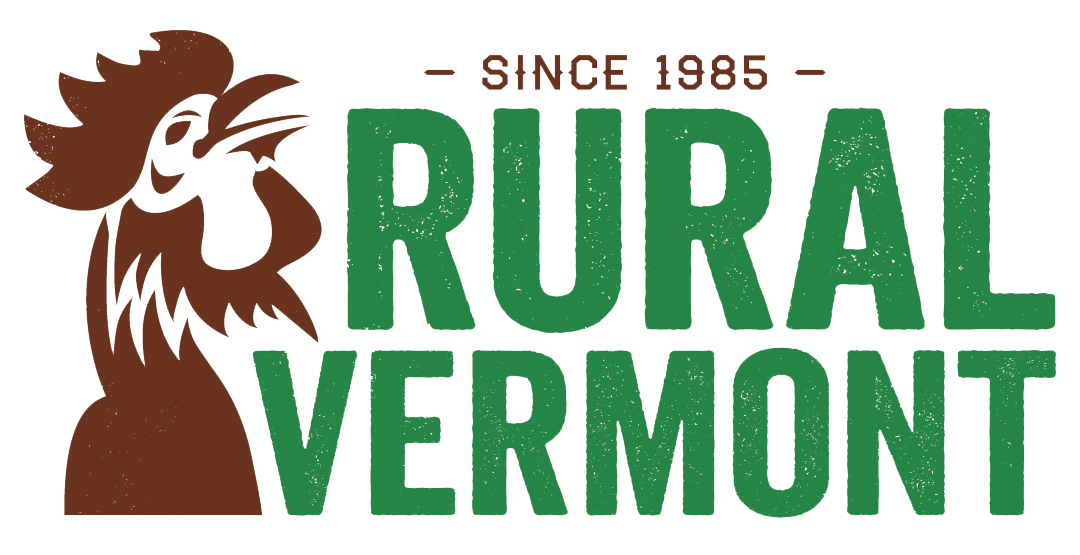Take Action! Public Hearings on Wetlands Regulation
The Department of Environmental Conservation (DEC) is undergoing rulemaking to change their inventory of Class 2 wetlands of significance. Part of the proposed change would be to give the Secretary of Natural Resources the authority to make a general determination of what polygons (parcels of land) qualify as Class 2 - effectively uprooting the current requirement to base such determination on a case-by-case functions and values analysis. Rural Vermont cautions farmers, foresters and other landowners that this change is a DEC money maker as landowners will have to bear the cost to take false determinations off the map and/or to get permits to continue ongoing activities, including agricultural use, in affected sugarbush or fields.
Speak up against this change at the upcoming hearings:
October 31st at 5pm: Welcome Center 51 Depot Square, Suite 100, St. Johnsbury, VT. Register to participate virtually.
November 1st at 5pm: Damon Hall 1 Quechee Rd, Hartland VT. Register to participate virtually.
November 2nd at 5:30pm: RRPC Conference Room, 3rd Floor, 67 Merchants Row (Opera House), Rutland, VT. Register to participate virtually.
November 4th at 5:00pm: 120 First Street, Swanton, VT. Register to participate virtually.
More background of the proposed wetland rule changes:
Effectively, DEC is proposing to turn Class 3 wetlands, which are currently not regulated, into Class 2 wetlands by incorporating them into the VSWI (Vermont Significant Wetland Inventory). To our understanding, this seems to be getting rid of a map known as the “advisory layer” - where Class 3 wetlands are marketed for further investigation to become determined as significant, and thus regulated, as Class 2 wetlands. While the proposed change, for now, focuses on Franklin County, DEC already made a motion earlier this year to apply this methodology to the entire state. After conflicts arose, DEC is presenting a more narrow focus, but is also making clear that this change would be bound to affect the entire State soon. DEC is suggesting a change to the requirement to craft case-by-case functions and values analysis by also allowing the Secretary to make a general determination based on assumptions. In the newly proposed map, polygons that would be incorporated as Class 2 wetlands already appear to be incorporated based on false assumptions. For example, while the general assumption requires polygons to be at least half an acre - the map includes about 2,700 polygons that are obviously smaller than that size. Quality assurance also shows other obvious lacks as many manure pits in Franklin County have falsely been mapped as being incorporated as Class 2 wetlands. While it would seem ridiculous that such obvious mistakes result in regulatory consequences, many of these mini class 2 wetlands would be in the middle of fields and thus require farmers and landowners to apply a 50ft buffer and permitting for any infrastructure within that radius. To us, this is DEC trying to shift their regulatory burden of making adequate determinations of Class 2 wetlands through functions and values analysis onto landowners who now will have to hire a consultant to make a proper analysis and then undertake the bureaucratic efforts to amend the blanket determination by changing it back to Class 3. Should land owners fail to receive an analysis on their behalf they would then also carry the burden of acquiring the permits they will need for activities in association with their, now confirmed, Class 2 wetland. This could be a manure stack that’s within the 50ft radius of a mini wetland that would be Class 3 but now had been incorporated as Class 2 through the Secretaries general determination. This could also be a sugarbush and related infrastructure (forest road, tank) that’s within such radius.
Rural Vermont encourages farmers, foresters, and landowners to engage in the current public comment process and to express their distress about this proposed change. We suggest to amplify the following message:
“Keep checks and balances - Keep Class 3 wetlands on the advisory layer map! We say NO to a general determination by the Secretary of Natural Resources that would adopt Class 3 wetlands as Class 2 without case-by-case functions and values analysis attesting their significance in advance.”
More info here: Wetlands Rulemaking | Department of Environmental Conservation
